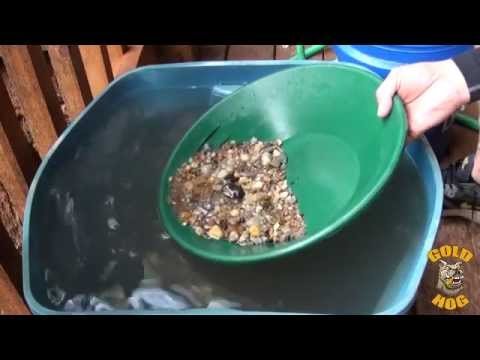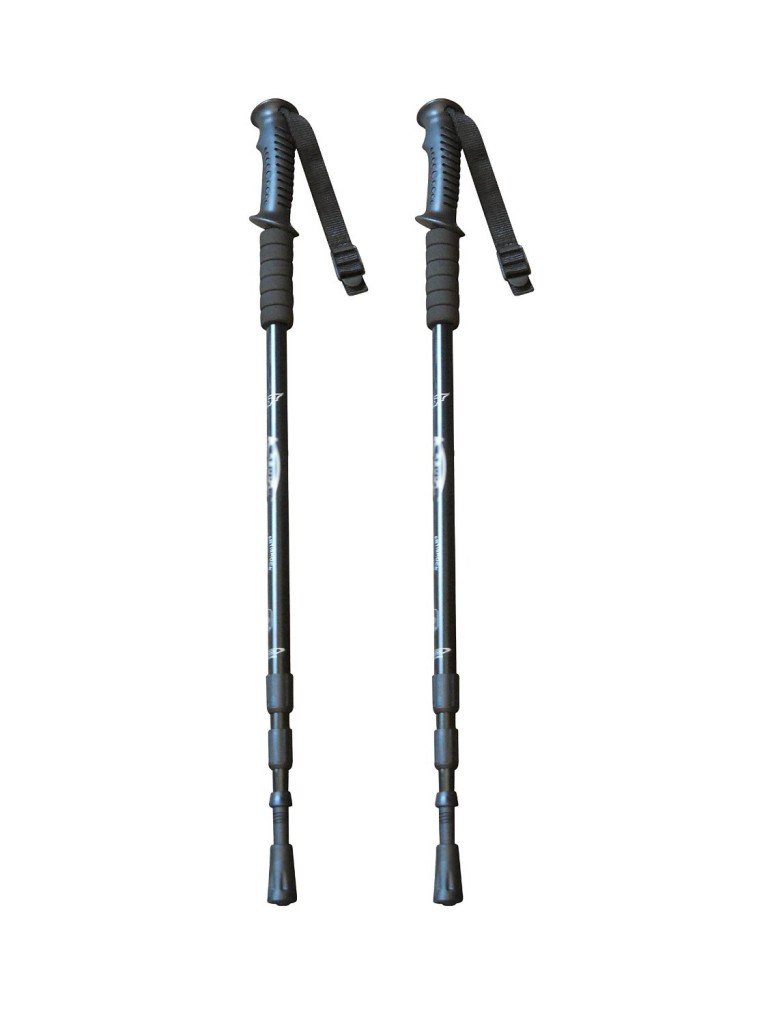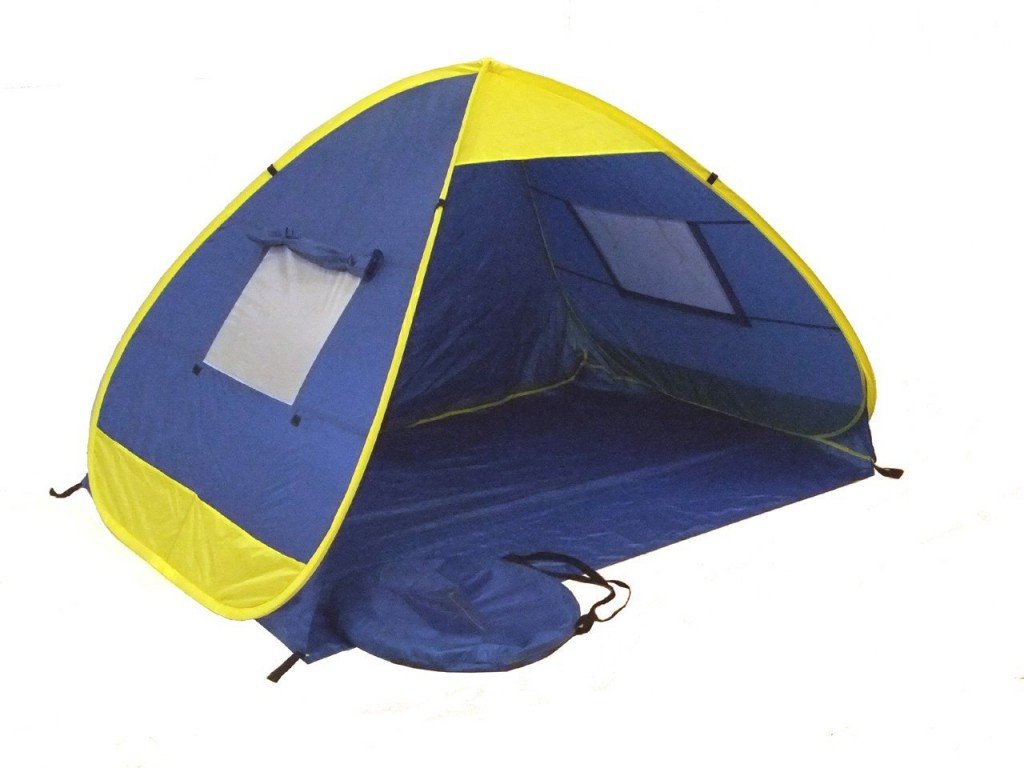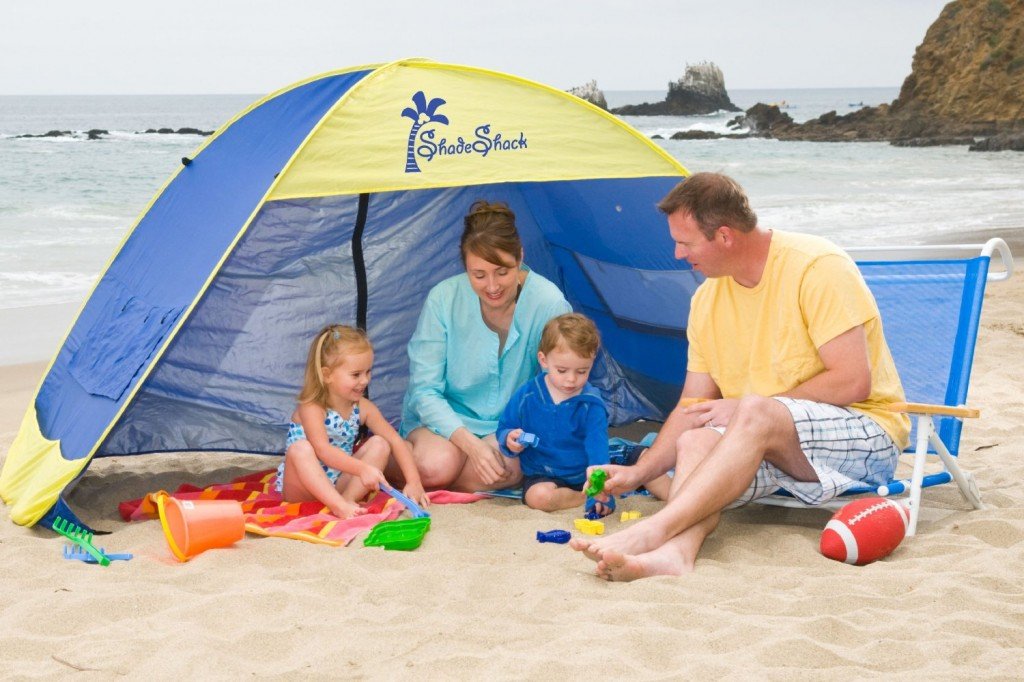Gold prospecting probably conjures up images of the Old West, trusty mules and the hope for striking it rich by discovering gold.
Though it would be nice to suddenly find yourself wealthy, amateur gold prospecting today is more likely to add an interesting twist to your favorite outdoor activities rather than adding a fortune’s worth of gold to your bank account.
Nonetheless, a little recreational prospecting is fun and could even result in a few dollars in your pocket. You never know what you might find out there, and looking is half the fun.
What is gold prospecting?
 Gold prospecting is the search for undiscovered gold deposits by using relevant techniques and tools. Deposits may be flakes of gold or hardrock deposits, such as nuggets. Either way, the quest for gold can take prospectors into a variety of outdoor settings, such as the desert or into mountain streams.
Gold prospecting is the search for undiscovered gold deposits by using relevant techniques and tools. Deposits may be flakes of gold or hardrock deposits, such as nuggets. Either way, the quest for gold can take prospectors into a variety of outdoor settings, such as the desert or into mountain streams.
Who can prospect for gold?
Amateur gold prospecting appeals to all types of people. Prospecting is a great activity for the solo hobbyist. People who enjoy history can learn from both old and new prospecting techniques.
Families that love the great outdoors can explore different terrains together while searching for gold deposits. It’s a great way to develop an appreciation for prospecting and the history attached to it.
How do you find gold?
Common techniques include panning and sluicing. Gold panning is an old method for prospecting that involves washing gold particles from loose surface sediment.
Panning is often the easiest method and requires the least amount of supplies.
Sluicing often replaces the pan technique to wash out greater volumes of gold particles. Deeper deposits can be accessed by trenching or drilling.
A rock hammer and hand lens can be used to find hardrock gold deposits. Other tools might include metal detectors, shovels, dry washers and suction dredges, although approval for tool use may vary depending on the area being prospected.
NOTE: Before prospecting always get permission of the landowner!
Where can you search for gold?
 Recreational prospecting is popular in places like New Zealand, Australia, Canada and the United States. U.S. gold deposits aren’t just in the western states. Prospecting can be done all over the country, including Alabama, North and South Carolina, Georgia, northeastern states and the Midwest.
Recreational prospecting is popular in places like New Zealand, Australia, Canada and the United States. U.S. gold deposits aren’t just in the western states. Prospecting can be done all over the country, including Alabama, North and South Carolina, Georgia, northeastern states and the Midwest.
Once you’ve decided on the general region, either do an online search or ask a knowledgeable person about specific locations that are good.
A lot of gold has already been discovered in the past, but it is always possible that an undiscovered type of gold deposit is out there or that new tools and devices could be used to find gold not previously detected.
An undeniable excitement is involved with prospecting because of the unknown, but the exposure to knowledge, experience and the chance to be active in a natural setting while having fun are good reasons to see what prospecting is all about.
Of course, there’s always that chance that you could strike it rich, but until that day comes, put the pack mule away and enjoy the challenge, fun and prospect of finding gold.
Gold Panning
With gold prices on the rise and many reality TV shows covering treasure hunting, gold panning is once again becoming popular. How do you actually get started as a recreational gold panner? This is something that almost anyone can do, but there are a few tools and techniques with which you should be familiar.
Laws and Permits on Gold Panning
Different locations have their own rules and regulations regarding gold panning. Some areas restrict the equipment you can use, which can seriously hamper your efforts. For example, if you aren’t allowed to use a shovel, your work is much more difficult.
Certain state and national forests may issues permits for gold panning. In certain areas, companies own the patents for gold mining so individuals are not allowed to pan for gold without permission. As a rule, it’s up to you to investigate the legality of gold panning and any permits you might need before you begin.

Essential Equipment
You will need certain tools to pan for gold. You can buy such equipment online or at a hardware or home improvement store. The most important are:
- Gold Pan -You can buy these at specialty stores or on eBay.
- Sieve -This makes it easier to sort out gold from debris.
- Digging Tools -You’ll need at least a solid shovel and a spade. You should also have smaller tools, such as a pair of tweezers, for exploring small spaces and cracks.
- Pails and Buckets -To collect concentrates and carry back whatever you find.
- Snuffer Bottle -This is helpful for sucking any gold you find out of your gold pan. It’s a simple vacuum that you should be able to comfortably hold in your hand.
- Proper Attire -Since you’ll be hiking around in damp areas, you should have some good waterproof boots. You should also have some sturdy gloves to protect your hands from rough edges and cold water.
What is Gold Sluicing?
If you are looking for a way to actively enjoy the outdoors combined with the excitement of discovery, then gold sluicing with a sluice box may be just the hobby for you.
It is fun, easy to learn and only requires a few pieces of simple equipment to get started. Gold sluicing is popular in many places throughout the United States that are known to contain gold. The only requirement, aside from gold containing material, a source of running water such as a river or creek in which to do your gold sluicing.
Getting Started
Sluicing is a simple process than can be mastered in a few hours. Simply set up your sluice in a stream of running water, with the input end both upstream and slightly higher than the output end.

To ensure it is stable and well positioned you may use nearby rocks to support it. Once the water is running well through the apparatus, begin to feed the gold bearing gravel you have gathered into the top at a constant speed, being careful not to send too much gravel through at one time. Continue to do this until the area between the riffles is about half way full.
How sluicing works
This process allows the heavier materials, including gold, to sink to and gather at the bottom, while the lighter gravel and particles simply flow on through.
At this point the sluice must be cleaned by thoroughly rinsing the collected materials into a waiting bucket. You then simply pan this collected material in order to recover any gold that you may have found.
Because sluicing only requires a few simple pieces of equipment, it is very easy to get started. You must have a sluice that you can easily transport to your work area, a shovel and at least one large bucket or other container.
It is also helpful to have an extra bucket or two, a gold pan, a screen and someone to help. Once you have these tools you only need a stream of running water and material that may contain gold.
Laws on prospecting vary by location, so do your research and obtain any necessary state or local permits before you begin. If you are ready, grab your shovel and get sluicing.
Now that you have a general introduction to prospecting I recommend you check out the below videos and links for more detailed instructions.





